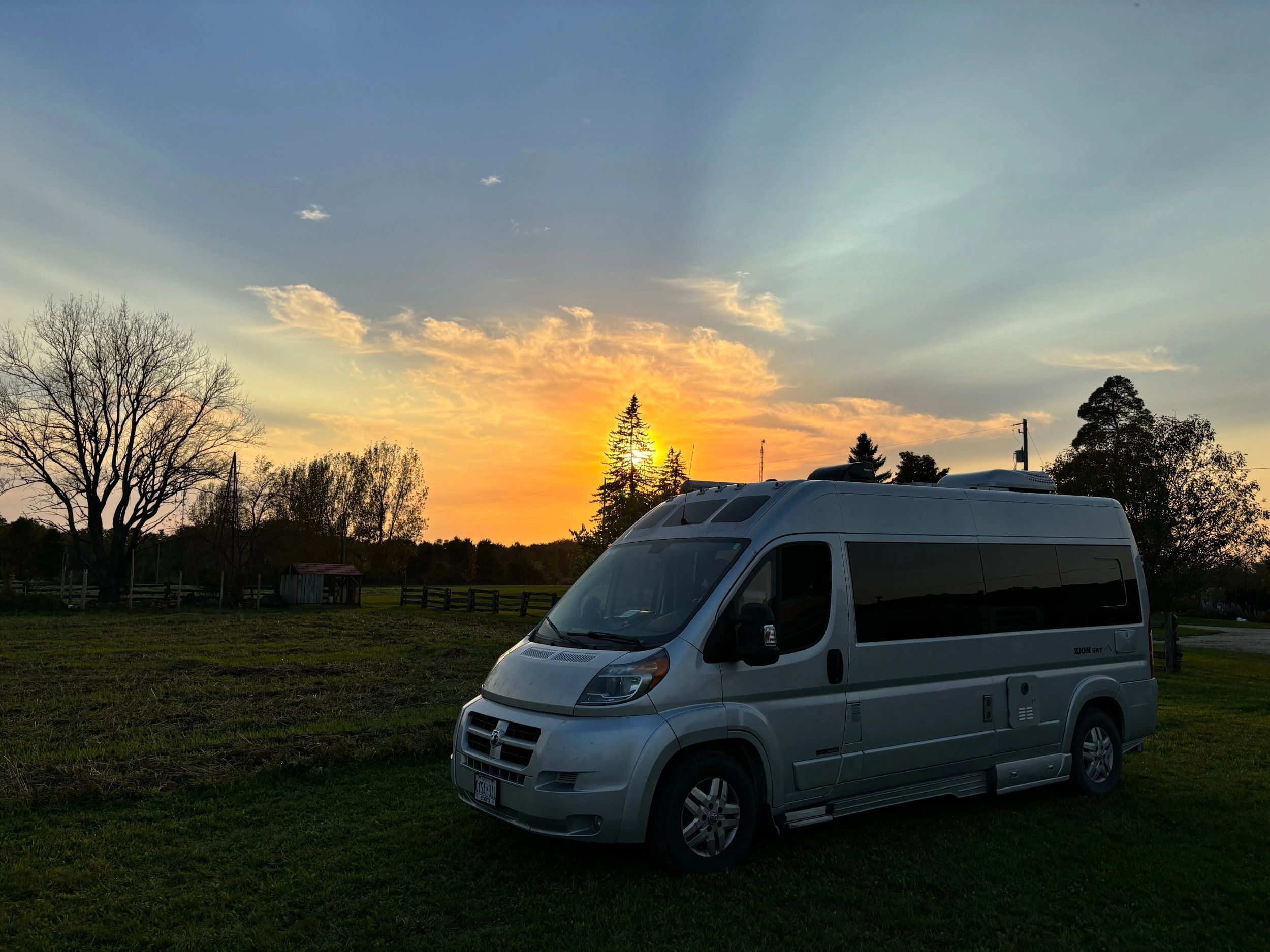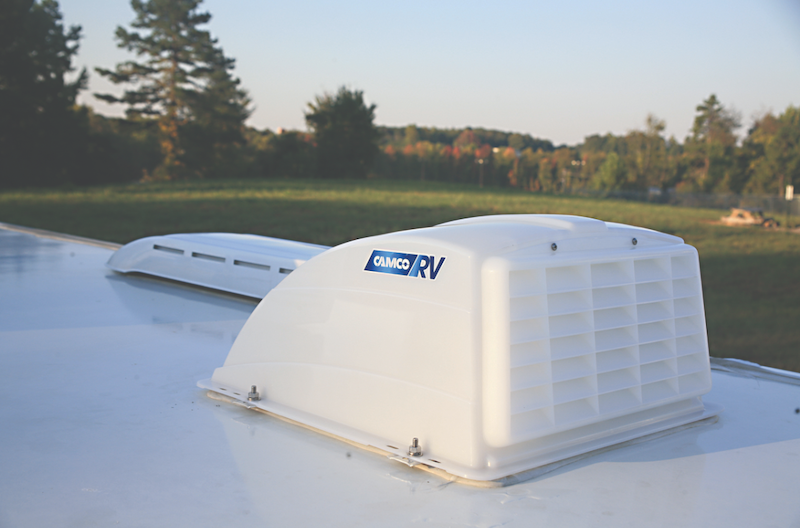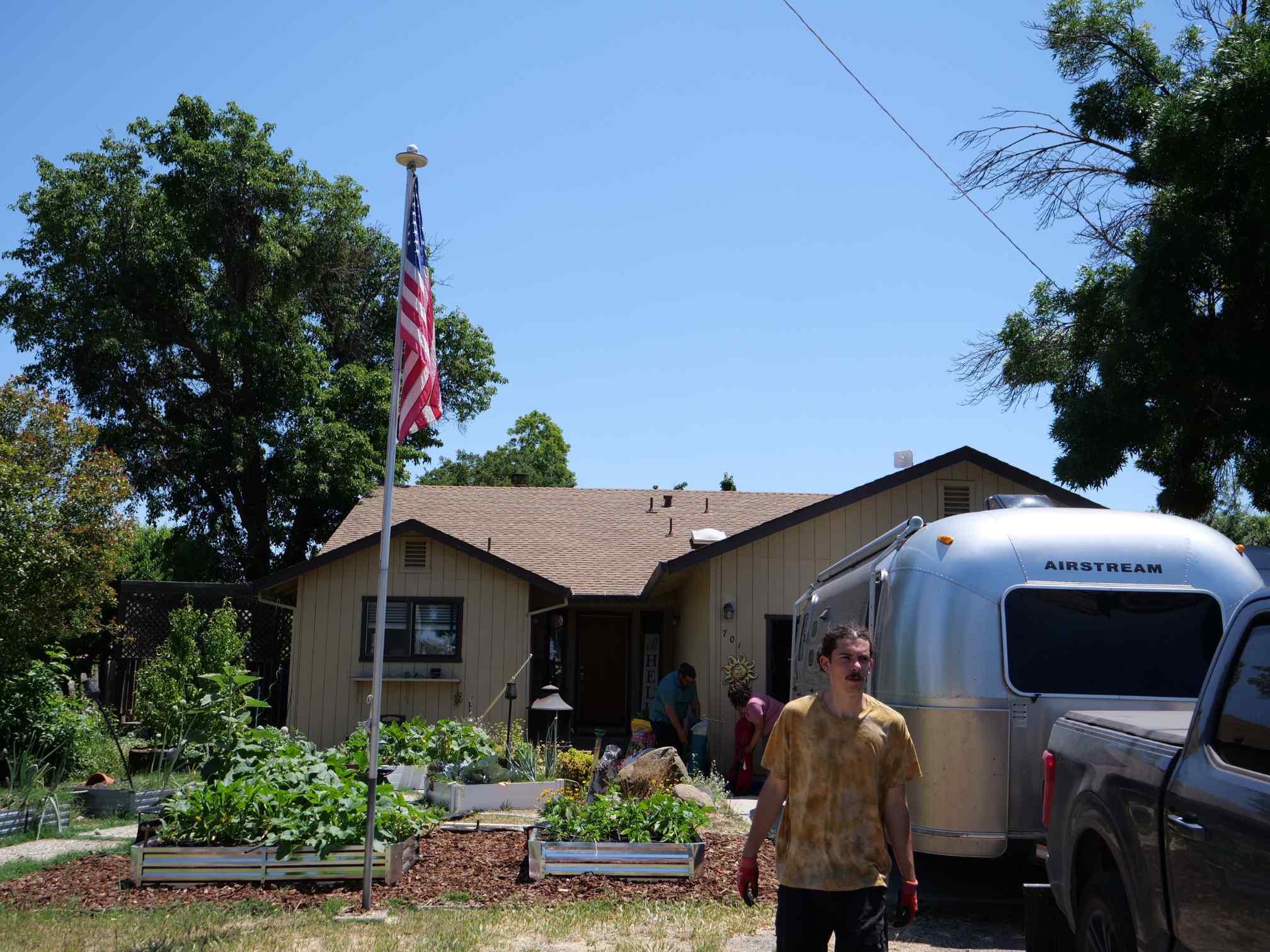Best Practices for Storing Your RV
Wash and Wax Your RV
Before you put it in storage, wash the RV and wax it. The wax will help keep dirt from building up on it while it is stored and it will make it easier to clean up when you take it out of storage again. If your RV is being stored somewhere where the sun may hit it, the wax will also help protect the RV from that as well.
Slideouts
If you have slideouts on your RV, you will want to keep them closed during storage, to keep the rig more closed off from moisture. Before you store the RV, clean them all thoroughly, making sure you get the mechanical parts, roof, and rubber seals. Then, apply a seal conditioner and a corrosion protector for the slide rail. You can also rub some baby powder on the inner seals; this should help keep them from sticking the next time you open them.
Bug and Rodent Protection
Make sure that all of your external openings are blocked or screened off. Bugs like to move into the plumbing vents of the roof, the exterior fridge panel and vent, air intake piping, and the exhaust for the furnace. You can usually find screens to fit those openings at RV parts stores. To keep mice and rats out of your RV, you will need to remove any possible food sources; this includes cleaning everything out of the fridge and pantry and vacuum everything to get food residue. You will also need to remove anything they could use for nesting, like linens, towels, toilet paper, and paper towels. Remove toothpaste and soap too, they might use it. Mice and rats like to be in places with food and nesting materials, so they are unlikely to hang out in your RV if you do not offer these things.
Protect Your RV from Water Damage
Water damage is always expensive to repair and hard to clear out, so take these steps to help you prevent water damage before you put the RV in storage. Most often, when an RV has water damage, it is because it was not stored properly.
Check the Seals
Once you have finished cleaning and waxing your rig, inspect all of the silicone seals, rubber seals, and caulking. If you see any spots that look worn down or cracked, repair them now.
Ventilation
One of the best ways to help keep moisture out of your RV is to keep the vents on the roof open. You can get vent covers that will allow you to leave them open without worrying about moisture sneaking in. Keeping everything properly ventilated will help keep the temperature better regulated too, so you do not have the interior get too hot and muggy while you have it in storage. Leaving the cabinets and closets open will also help. You may also leave the refrigerator open, but make sure it is off before you do that.
Curtains
When you store your RV, do not leave the shades completely closed. Keep your translucent daytime blinds partially up, allowing some sunlight to enter the rig. If you have a leak and you have your nighttime shades drawn, mold will flourish; it loves a dark, damp environment, so keeping them fully closed can make mold worse than it would otherwise be.
Electrical
It is a good idea to turn off all electrical when you store the RV, by using a battery disconnect switch, which you can put next to the battery. Doing so will keep your battery from being drained while your rig is in storage, so you will not discover the battery died while it was stored. Ensure your battery is fully charged before you do this, as they will fair better charged in colder weather. If your RV has solar power, you can leave the electrical hooked up because the solar power will help keep the battery charged. Unless, the RV is parked somewhere where it will not be receiving sunlight, like a garage.
Plumbing
The temperature and length of time the RV will be stored for are key players in this. If it is not cold and it will not be stored for too long, you can simply flush out the tanks, then add about 1/4 of a tank of water to keep everything from drying out. When you flush it out, using bleach is a good way to make sure everything is disinfected and nothing is lurking in the plumbing that can start growing while the RV is stored. If the RV may be around freezing temperatures when stored, flush all water out of the plumbing system and add some antifreeze to the pipes and waste tanks. This video has some methods for how to winterize your RV, which will give you a more in-depth look at how to prepare your plumbing.
Storage methods
There are a few different ways that you can store your RV, each with its own benefits and drawbacks.
RV Carport
One common way to store an RV is to use a carport. These are good at helping shelter the RV from some of the elements and keep frost from gathering on them. They cost less than a garage or other storage building. Since RV carports are open on the sides, this is not the most secure way to store your RV.
RV Garages
One of the most secure ways to store your RV is with an RV garage. You can customize your garage to make sure it is big enough for the RV and leave room for your other cars. You will be able to access your RV easily, whenever you want to, and you are keeping it better protected from the elements and potential thieves. RV garages are especially great if you keep your RV stored for several months at a time.
RV Storage Facilities
Another great option for RV storage is a storage facility. If you do not have the space to set up an RV garage or carport on your property, and you cannot leave your rig parked on the street when it is not being used, an RV storage facility is a great alternative. There is a growing demand for RV storage facilities across the country because millions of people in the US have some sort of recreational vehicle, whether it is an RV, boat, or trailer.
Properly storing your RV can help extend the longevity of your rig. It also helps ensure you have fewer surprises when it comes time to using your rig in the Spring. What are some other storing tips you use when preparing your rig for storage?
Learn More About Boondockers Welcome
We promise not to spam you!







Trust Shalamar Hospital for premier psychiatric care with our top psychiatrist in Lahore . We offer advanced treatment and therapy options to address a wide range of mental health concerns.